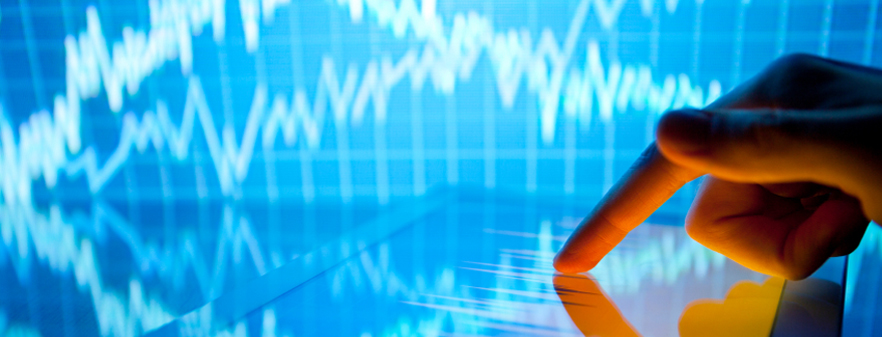Data vs Creativity: What’s More Important?

Advertisers and business analysts often battle over this topic: What’s more important? Creativity or data? To advertisers, creativity is the soul of marketing. It’s what drives marketers to come up with advertisements that capture consumers’ attention and make them love the brand. On the other hand, business analysts believe that data is the core of advertising and business as a whole. Data is how businesses can determine the effectiveness of an ad, the responses they receive from advertisements, and the financial returns of the advert. At Smartt, we believe in measurable results and the notion that “if you can’t measure it, you can’t manage it.”
Data helps us customize our ads for a particular group
Different consumer groups respond to ads differently. Young adults for instance may have higher purchase intentions when they see vivid ads with young people as the main characters while senior consumers may develop greater buying desires when an ad has subtle colors and graphics. In order to clearly ascertain your audience’s preferences, you have to utilize data. You have to do primary or secondary research to identify the correlation between your ad’s colors, the model’s gender, and the placement of the headline with the overall sales or other performance metrics. It’s only through researching and analyzing data will you be able to gain a better understanding of the different factors that can affect your ad’s performance. So if you merely rely on creativity to produce astonishing, you’ll not see desirable results as you may not leverage elements that appeal to your audience.Data helps us place ads at optimal times
Tweets are essentially the ads of the digital age. It’s how we promote our blogs, product releases, and events. That said, we can only promote them if we publish our tweets at optimal times. If you publish a tweet regarding your product launch at 9pm when a vast majority of your target audience is away for their desktops or phones, you’re not engaging your audience. This is where data can help. By analyzing where your viewers are most active online with digital tools such as Tweriod and Google Analytics, you can determine the best time to publish your tweets. For instance, by using Tweroid you can find out that most of your followers are online between 8am and 10am on Wednesday and that they retweet the most around 2pm. This will help you schedule your tweets around those time frames so that you can best induce your followers to interact with you. Without using this approach, even if you create intriguing, highly customized tweets or content, you won’t be able to engage your followers effectively.Data helps us evaluate our ads’ outcomes
“If it doesn't sell, it isn't creative” – David Ogilvy. Though advertisements can woo consumers, they’re designed to induce shoppers to purchase. To assess your ad’s effectiveness, you have to use prevalent analytics tools such as Google Analytics. By using these digital gadgets, you can determine your ads’ click-through rates and if they’ve converted visitors into sales. Moreover, you can utilize features such as Google Analytics’ multi-channel funnels to see if the ads have indirectly contributed to a sale. For instance, with the funnel, you can determine if an ad has assisted a sale based on the fact that if shoppers have seen the advert previously before making a purchase. This is useful in assessing your advertising efforts because you can identify the direct impact of your ads to your bottom line. This will ultimately help you determine if you’re putting your advertising dollars into good use.Data helps us improve our advertisements
Data allows us to improve our advertising campaigns tremendously. We can use data to identify time frames that are best to target our audience, type of ads that grasp our readers’ attention, and the financial returns of our ads. This will help us come up with new adverts in the future that are more fitting to our consumers’ demographic, lifestyle, and geographic.


